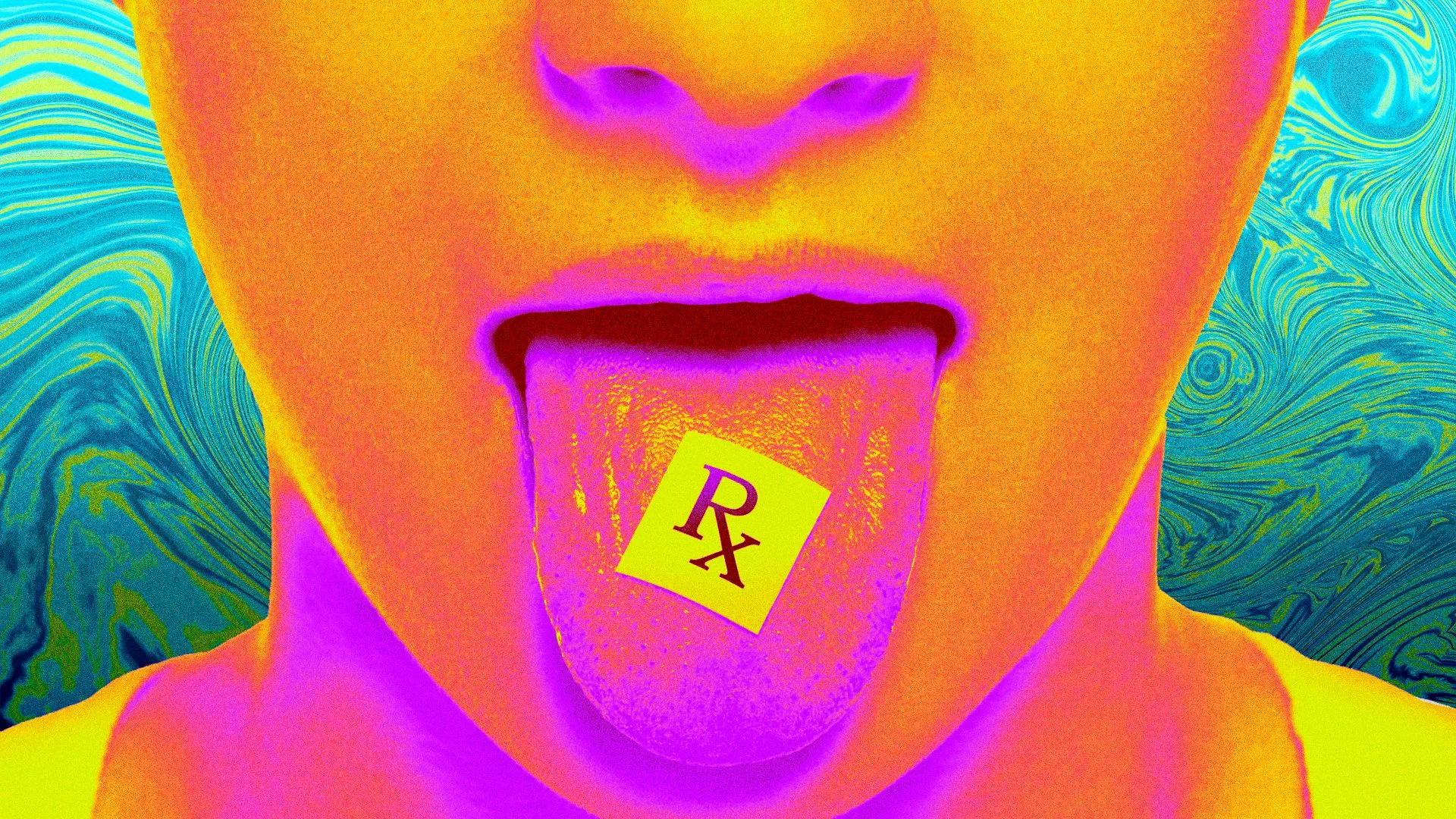LSD: An In-Depth Definition of Lysergic Acid Diethylamide
LSD, short for Lysergic Acid Diethylamide, is arguably the most well-known and potent psychedelic substance. Synthesized from a compound found in ergot, a fungus that grows on rye and other grains, LSD is a powerful hallucinogen renowned for its profound effects on perception, mood, and cognitive processes.
What is LSD?
Chemical Nature: LSD is a semi-synthetic compound, meaning it is derived from a natural substance (lysergic acid) but extensively modified in a laboratory. It is odorless, colorless, and has a slightly bitter taste.
Discovery: It was first synthesized in 1938 by Swiss chemist Albert Hofmann, who was working for Sandoz Laboratories. Its psychedelic properties were not discovered until 1943, when Hofmann accidentally ingested a small quantity.
Potency: LSD is incredibly potent, with threshold effects beginning at doses as low as 20 micrograms (millionths of a gram). A typical recreational dose ranges from 50 to 200 micrograms.
Forms: While originally in liquid form, LSD is most commonly encountered on blotter paper (small squares of absorbent paper soaked with the drug), in gelatin squares (“gel tabs”), or as tiny pills (“microdots”). It can also be found in liquid form.
The Psychedelic Experience (“The Trip”)
After ingestion, the effects of LSD typically begin within 30 to 90 minutes and can last for 6 to 12 hours, sometimes longer depending on the dose and individual sensitivity. This experience, often referred to as a “trip,” is characterized by a wide range of changes:
Sensory Alterations: Users often experience intensified colors, geometric patterns, visual distortions, and even synesthesia (where senses cross, e.g., “seeing” sounds or “hearing” colors).
Emotional and Mood Changes: Emotions can be amplified and rapidly shift, ranging from euphoria, wonder, and spiritual insight to intense anxiety, paranoia, and fear (“bad trip”).
Cognitive and Thought Process Shifts: Thoughts can become highly abstract, interconnected, or seemingly profound. Time perception is often distorted, and a sense of ego dissolution or unity with the universe can occur.
Body Sensations: Physical effects can include dilated pupils, increased heart rate, elevated blood pressure, sweating, and tremors, though these are typically secondary to the psychological effects.
The nature of an LSD trip is highly unpredictable and depends heavily on the user’s mindset (“set”) and the environment (“setting”) in which the drug is taken.
Risks and Dangers
Despite its non-addictive physical profile, LSD carries significant psychological risks:
“Bad Trips”: Unpleasant or terrifying experiences characterized by intense anxiety, paranoia, panic attacks, and feelings of dread or losing one’s mind.
Mental Health Exacerbation: LSD can trigger or worsen underlying mental health conditions, particularly in individuals predisposed to psychosis, schizophrenia, or severe mood disorders.
HPPD (Hallucinogen Persisting Perception Disorder): Also known as “flashbacks,” this condition involves spontaneous, recurring visual or other sensory disturbances experienced long after the drug has worn off.
Unpredictability: Due to its illicit nature, the purity and dosage of street LSD are often unknown, leading to unpredictable and potentially dangerous experiences. Users may also unknowingly consume other, more harmful substances disguised as LSD.
Impaired Judgement: While under the influence, users’ judgment and perception of reality are severely altered, increasing the risk of accidents or dangerous behavior.
Legal Status
Globally, LSD is classified as a Schedule I controlled substance in most countries, including the United States under the Controlled Substances Act. This classification signifies that it has:
A high potential for abuse.
No currently accepted medical use in treatment in the United States.
A lack of accepted safety for use under medical supervision.
Possession, manufacture, or distribution of LSD is illegal and carries severe penalties.
LSD in Medical Research
Historically, LSD was extensively researched in the 1950s and 1960s for its potential therapeutic applications in psychotherapy, treating alcoholism, and end-of-life anxiety. However, due to its widespread recreational use and the resulting moral panic, research was largely halted in the 1970s.
In recent years, there has been a significant resurgence of interest in psychedelic-assisted therapy, and LSD is once again being investigated in highly controlled clinical trials for its potential to treat conditions such as depression, anxiety, PTSD, and addiction. These studies operate under strict regulatory and ethical guidelines, far removed from recreational use.
In conclusion, LSD is a remarkably potent and complex hallucinogen with a profound impact on human consciousness. While its powerful effects have fascinated researchers and users alike, its unpredictable nature, significant psychological risks, and illegal status underscore the need for extreme caution and respect for its potency.
